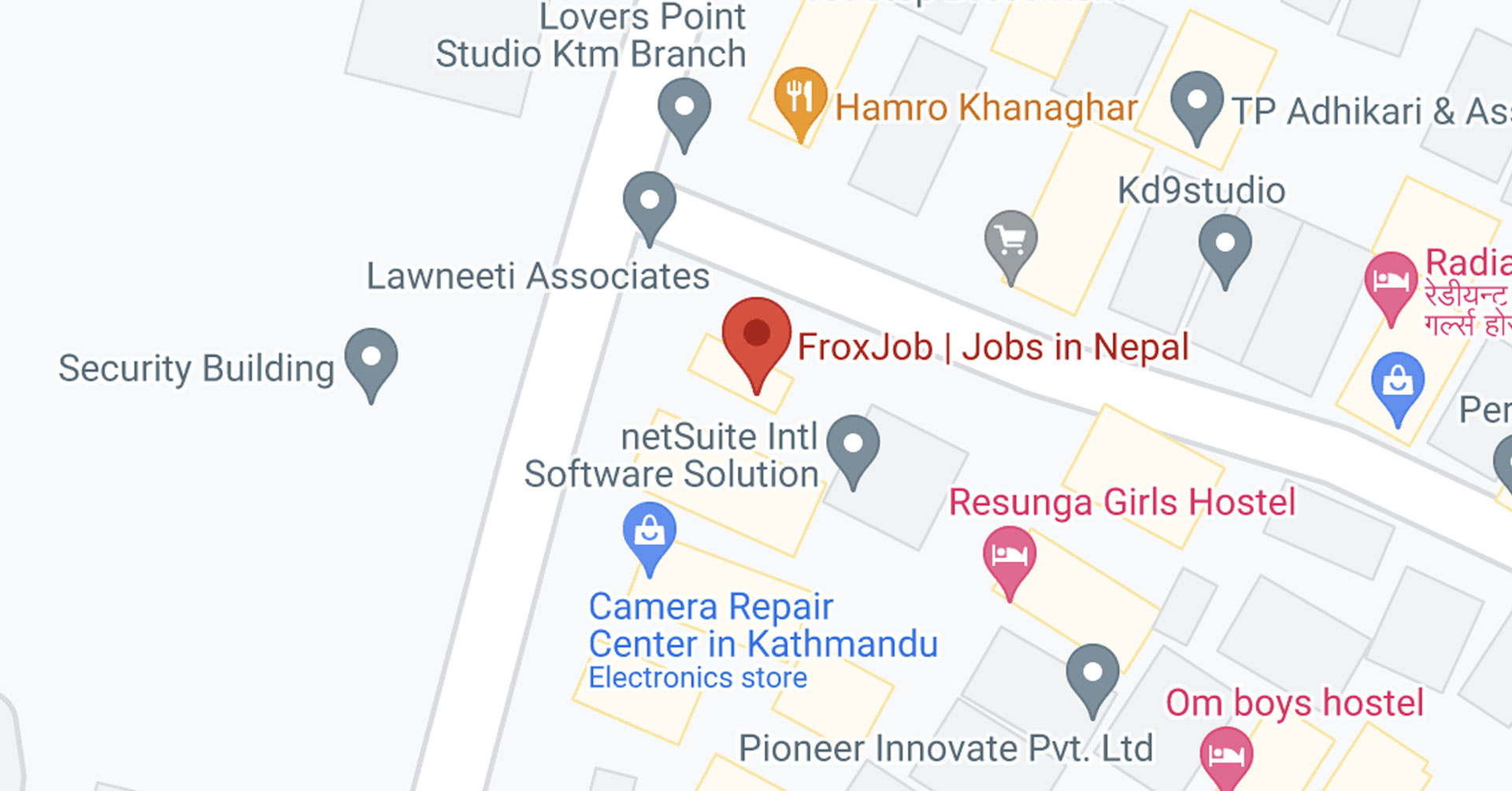How Nepali Employers Can Build a Diverse and Inclusive Workforce

How Nepali Employers Can Build a Diverse and Inclusive Workforce
Building a diverse and inclusive workforce is no longer an optional practice for organizations in Nepal. It is becoming a strategic advantage that strengthens company culture, improves innovation, and enhances employer reputation. In today’s competitive market, where talent retention and employee engagement are critical, businesses that prioritize diversity and inclusion (D&I) are better positioned for long-term success.
Understanding Diversity and Inclusion in the Nepali Context
Diversity refers to the presence of differences within the workforce, which can include gender, ethnicity, age, disability, religion, and socio-economic background. Inclusion, on the other hand, is about creating an environment where every employee feels valued, respected, and given equal opportunities to contribute.
In Nepal, the workforce is shaped by ethnic diversity, caste dynamics, regional representation, gender imbalances, and socio-cultural expectations. For employers, recognizing these nuances is essential to creating fair and equitable workplaces that reflect the country’s rich social fabric.
Why Diversity and Inclusion Matter for Nepali Employers
- Improved decision-making: A mix of perspectives leads to better problem-solving and creative solutions.
- Stronger employer brand: Companies known for inclusive practices attract top talent.
- Enhanced employee engagement: Workers who feel respected and included are more motivated and loyal.
- Compliance and reputation: Aligning with global HR standards improves credibility with international partners and clients.
- Innovation and growth: Diverse teams drive innovation and help companies expand into new markets.
Challenges Nepali Employers Face in Building Inclusive Workplaces
While the benefits are clear, many organizations in Nepal struggle to implement diversity and inclusion effectively. Common challenges include:
- Cultural biases and stereotypes that influence hiring and promotions.
- Underrepresentation of women in leadership and technical roles.
- Limited opportunities for marginalized communities, including persons with disabilities.
- Generational gaps between young employees seeking change and traditional mindsets at leadership levels.
- Lack of structured policies to support inclusivity in recruitment and workplace culture.
Recognizing these barriers is the first step toward developing strategies that address them directly.
Strategies to Build a Diverse and Inclusive Workforce in Nepal
1. Implement Inclusive Recruitment Practices
Employers should focus on fair hiring processes that actively seek candidates from diverse backgrounds. Job postings must use neutral and inclusive language and be accessible across multiple platforms, including rural and underrepresented communities. Partnering with universities, NGOs, and professional associations can also help expand the candidate pool.
2. Establish Clear Diversity and Inclusion Policies
A written D&I policy signals commitment and provides a framework for accountability. It should outline expectations around recruitment, promotions, pay equity, and anti-discrimination. These policies must be communicated to employees at all levels to build awareness and consistency.
3. Promote Gender Equality
Gender inclusion remains a pressing issue in Nepal. Employers can take steps such as:
- Offering flexible work arrangements for working parents.
- Creating mentorship and leadership programs for women.
- Addressing the gender pay gap through transparent salary structures.
4. Invest in Training and Awareness Programs
Conducting regular workshops on unconscious bias, cultural sensitivity, and inclusive leadership helps shift organizational mindsets. Training programs should not be limited to HR but extended to managers and executives who influence workplace culture.
5. Ensure Accessibility for All
Workplaces must be physically and digitally accessible to employees with disabilities. This includes ramps, accessible restrooms, assistive technology, and inclusive communication practices. Employers who embrace accessibility not only comply with legal standards but also benefit from a wider talent pool.
6. Encourage Employee Resource Groups (ERGs)
ERGs give employees a platform to share experiences, voice concerns, and contribute to workplace policies.
7. Foster Inclusive Leadership
Leaders play a major role in shaping workplace culture. Inclusive leaders demonstrate empathy, openness, and respect for differences. Employers can support leadership development programs that prepare managers to lead diverse teams effectively.
8. Measure and Monitor Progress
What gets measured gets improved. Employers should track diversity metrics such as hiring ratios, promotion rates, retention levels, and pay equity. Regular surveys and feedback sessions help assess employee experiences and identify areas for improvement.
9. Celebrate Cultural and Social Diversity
Acknowledging festivals, traditions, and milestones from different communities within Nepal fosters a sense of belonging. Employers can organize cultural exchange events, awareness campaigns, and celebrations that highlight diversity within the workforce.
10. Partner with External Stakeholders
Collaborating with NGOs, advocacy groups, and international organizations can provide expertise and resources for implementing effective D&I strategies. Such partnerships can also enhance a company’s reputation as a socially responsible employer.
Role of HR in Driving Diversity and Inclusion
The HR department is the backbone of inclusive practices. Its responsibilities include:
- Designing fair recruitment and promotion systems.
- Facilitating training programs on inclusion and bias reduction.
- Monitoring compliance with D&I policies.
- Creating safe reporting channels for employees facing discrimination.
- Driving employee engagement initiatives that reinforce inclusion.
When HR leaders align with top management on these initiatives, the organization moves closer to achieving sustainable inclusivity.
Inclusive Workplaces in Nepal’s Future
Nepal’s economy is undergoing rapid transformation, with more businesses seeking to align with global standards. The next generation of workers, especially Gen Z and millennials, expect workplaces to reflect fairness, respect, and diversity. Employers that adapt to these expectations will not only retain talent but also position themselves as leaders in the evolving job market.
Inclusion is not a short-term project. It is a long-term commitment that requires patience, consistency, and genuine effort. Organizations that embrace diversity today will create stronger, more resilient businesses for tomorrow.





